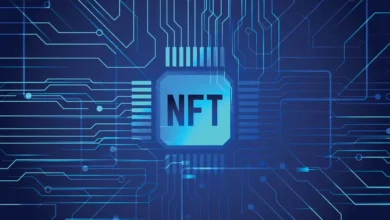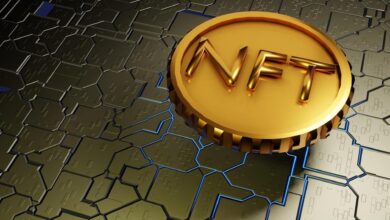NFT Wallet Development: A Comprehensive Overview
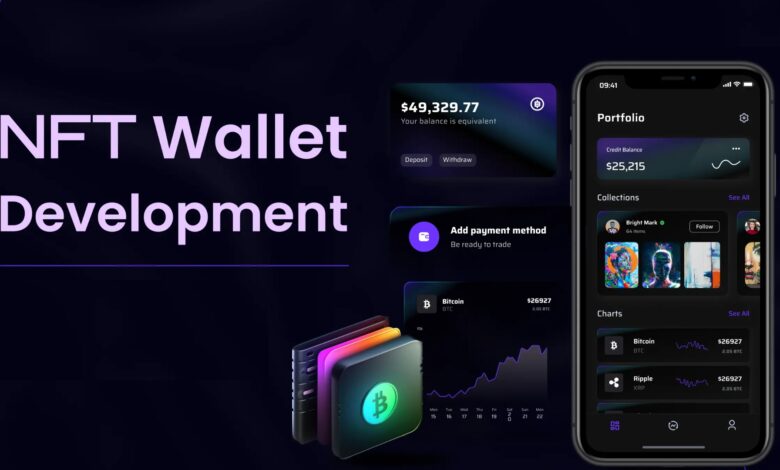
NFT Wallet Development: The world of digital assets has undergone significant changes in recent years, with non-fungible tokens (NFTs) taking centre stage in the cryptocurrency and blockchain ecosystems. These unique digital assets, representing ownership of a wide array of items from art and music to virtual real estate and beyond, have created new opportunities for creators, investors, and collectors. However, with the rapid rise of NFTs, the need for robust and user-friendly NFT wallets has become increasingly critical. NFT wallet development is now a key area of focus for blockchain developers, businesses, and investors alike.
What is an NFT Wallet?
An NFT wallet is a specialized cryptocurrency wallet designed to store, manage, and interact with NFTs. Unlike traditional cryptocurrency wallets that handle fungible tokens like Bitcoin or Ethereum, NFT wallets are built to manage non-fungible tokens, which are unique and cannot be exchanged on a one-to-one basis with other tokens.
These wallets allow users to securely store their NFTs, send and receive NFTs, view their collections, and interact with decentralized applications (dApps) that support NFTs. Some advanced NFT wallets offer features like NFT minting, integration with marketplaces, and enhanced security protocols to protect these valuable digital assets.
Key Features of NFT Wallets
Security and Privacy
Security is paramount in NFT wallets. Given the high value of many NFTs, wallet developers prioritize advanced encryption techniques, two-factor authentication (2FA), and biometric security features to protect users’ assets. Privacy features like anonymous transactions are also becoming more common, giving users control over their personal information.
User Experience (UX)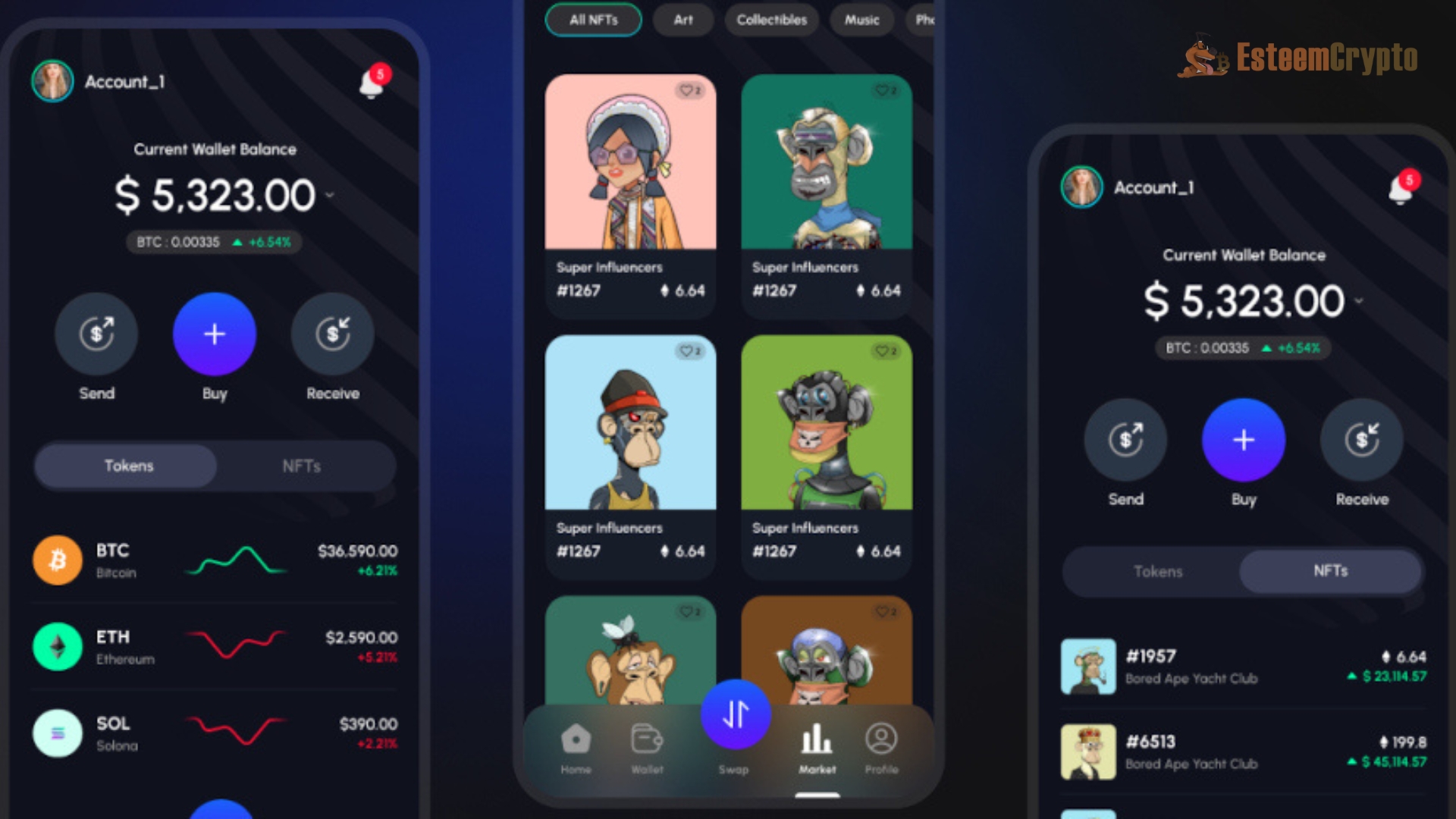
As NFTs attract a broader audience, including those who may not be familiar with blockchain technology, user experience has become a critical factor in NFT wallet development. Wallets are now being designed with intuitive interfaces, easy navigation, and clear instructions to cater to users of all levels of expertise.
Multi-chain Support
The NFT space is not confined to a single blockchain. While Ethereum remains a dominant platform for NFTs, other blockchains like Binance Smart Chain, Solana, and Polygon have gained traction due to their lower fees and faster transaction times. Modern NFT wallets increasingly offer multi-chain support, enabling users to manage NFTs across various blockchains within a single application.
Integration with Marketplaces
Another essential feature of modern NFT wallets is their ability to connect seamlessly with NFT marketplaces. This integration allows users to buy, sell, and trade NFTs directly from their wallets without transferring assets between different platforms. Popular NFT wallets often support integration with leading marketplaces like OpenSea, Rarible, and Foundation.
Minting Capabilities
Some NFT wallets allow users to mint their NFTs directly from the wallet. This feature particularly appeals to artists and creators who want to tokenize their work without navigating complex minting platforms.
Cross-Platform Accessibility
To cater to users’ diverse needs, NFT wallets are being developed with cross-platform compatibility, allowing access via desktop, mobile devices, and even browser extensions. This flexibility ensures that users can manage their NFT collections from anywhere, at any time.
The NFT Wallet Development Process
Developing an NFT wallet involves several critical steps, each requiring careful consideration to ensure the wallet meets the needs of its users while maintaining security and functionality.
Defining the Scope
The first step in developing an NFT wallet is defining the project’s scope. This includes identifying the target audience, understanding the specific features the wallet needs to offer (e.g., multi-chain support, marketplace integration), and deciding on the platforms the wallet will be available on (e.g., mobile, web, desktop).
Choosing the Technology Stack
The technology stack is the foundation of any NFT wallet. Developers must select the appropriate blockchain platform(s), programming languages, frameworks, and APIs to support the wallet’s functionality. For example, Ethereum-based wallets may utilize Solidity for smart contract development, while mobile wallets may rely on React Native for cross-platform compatibility.
Designing the User Interface (UI)
The UI design process focuses on creating a user-friendly experience that appeals to novice and experienced users. This involves designing intuitive navigation, ensuring a clear and accessible display of NFT information, and providing a seamless user journey from wallet creation to NFT management.
Implementing Security Features
Security is a top priority in NFT wallet development. Developers must implement encryption protocols, secure critical management systems (e.g., hierarchical deterministic wallets), and multi-factor authentication to protect users’ assets. Regular security audits and updates are also essential to safeguard the wallet against emerging threats.
Testing and Quality Assurance
Once the wallet is developed, rigorous testing is conducted to identify and fix any bugs or vulnerabilities. This includes functional testing, security testing, and user acceptance testing (UAT) to ensure the wallet performs as expected in real-world scenarios.
Launch and Maintenance
After testing, the wallet is launched on the chosen platforms (e.g., App Store, Google Play, web). Post-launch, developers must provide ongoing maintenance, including software updates, security patches, and customer support, to address any issues.
Challenges in NFT Wallet Development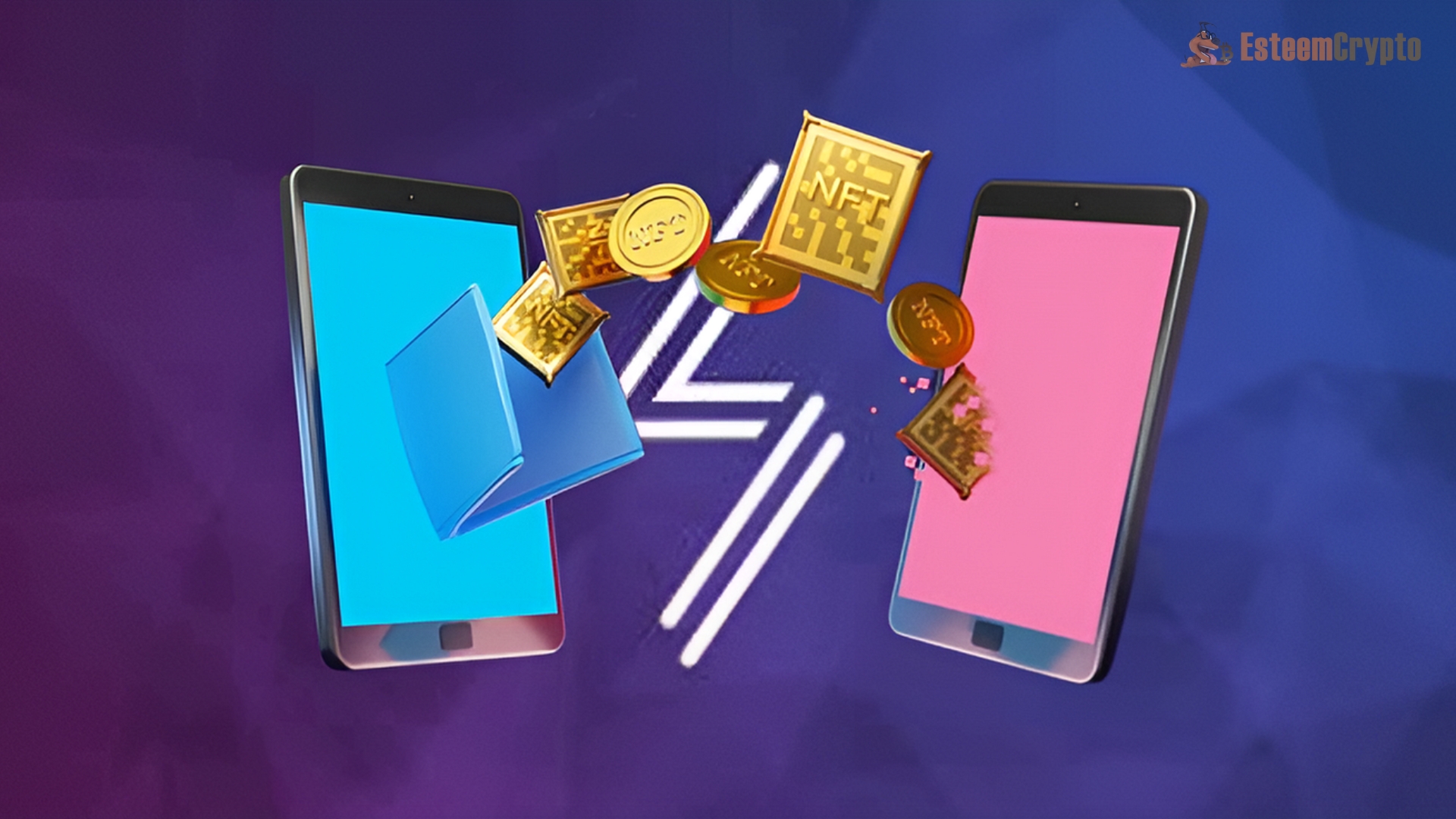
While developing NFT wallets presents numerous opportunities, it also comes with challenges.
- Security Concerns: Given the high value of NFTs, wallets are a prime target for hackers. Developers must stay ahead of potential threats by continuously improving security measures, which can be resource-intensive.
- Interoperability Issues: As NFTs are created on different blockchains, ensuring seamless interoperability between these networks can be complex. Developers must implement cross-chain solutions, allowing NFTs to move freely between ecosystems.
- Regulatory Compliance: The regulatory landscape for NFTs is still evolving. To ensure their wallets remain compliant, developers must stay informed about legal requirements in different jurisdictions, particularly concerning anti-money laundering (AML) and know-your-customer (KYC) regulations.
- User Education: As the NFT space attracts a broader audience, many of whom may not be familiar with blockchain technology, there is a growing need for user education. Wallet developers must create resources and guides to help users understand how to manage their NFTs safely and effectively.
The Future of NFT Wallet Development
Looking ahead, the development of NFT wallets will continue to evolve in response to the growing demand for NFTs and the expanding use cases for these digital assets. Innovations in decentralized finance (DeFi), gaming, and the metaverse will likely drive further advancements in wallet technology.
As the NFT ecosystem matures, we expect to see more sophisticated wallet features, such as improved interoperability, advanced analytics tools for NFT valuation, and deeper integration with various digital asset ecosystems. Additionally, the rise of decentralized identity (DID) solutions could pave the way for more personalized and secure NFT wallet experiences.
In conclusion, NFT wallet development is a dynamic and rapidly evolving field with immense potential to shape the future of digital asset management. As developers continue to innovate, NFT wallets will play a crucial role in enabling users to participate in the exciting world of NFTs securely and efficiently.


